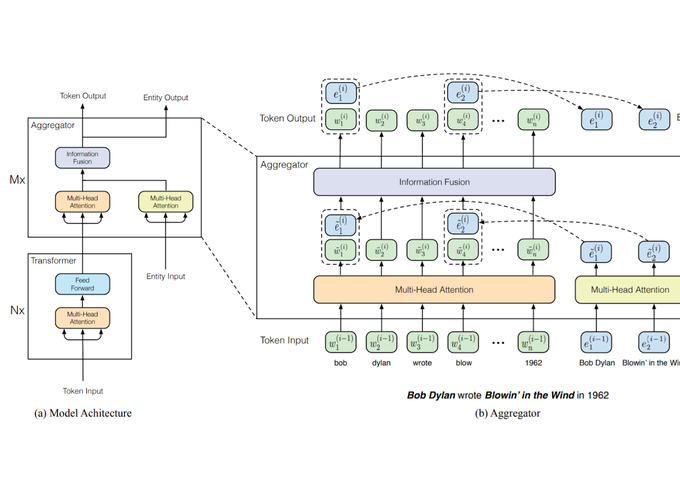Abstract
Distributional word vectors have become an indispensable component of most state-of-art NLP models. As a major artefact of the underlying distributional hypothesis, distributional word vector spaces conflate various paradigmatic and syntagmatic lexico-semantic relations. For example, relations such as synonymy/similarity (e.g., car-automobile) or lexical entailment (e.g., car-vehicle) often cannot be distinguished from antonymy (e.g., black-white), meronymy (e.g., car-wheel) or broader thematic relatedness (e.g., car-driver) based on the distances in the distributional vector space. This inherent property of distributional spaces often harms performance in downstream applications, since different lexico-semantic relations support different classes of NLP applications. For instance, Semantic Similarity provides guidance for Paraphrasing, Dialogue State Tracking, and Text Simplification, Lexical Entailment supports Natural Language Inference and Taxonomy Induction, whereas broader thematic relatedness yields gains for Named Entity Recognition, Parsing, and Text Classification and Retrieval.A plethora of methods have been proposed to emphasize specific lexico-semantic relations in a reshaped (i.e., specialized) vector space. A common solution is to move beyond purely unsupervised word representation learning and include external lexico-semantic knowledge, in a process commonly referred to as semantic specialization. In this tutorial, we provide a thorough overview of specialization methods, covering: 1) joint specialization methods, which augment distributional learning objectives with external linguistic constraints, 2) post-processing retrofitting models, which fine-tune pre-trained distributional vectors to better reflect external linguistic constraints, and 3) the most recently proposed post-specialization methods that generalize the perturbations of the post-processing methods to the whole distributional space. In addition to providing a comprehensive overview of specialization methods, we will introduce the most recent developments, such as (among others): handling asymmetric relations (e.g., hypernymy-hyponymy) in Euclidean and hyperbolic spaces by accounting for vector magnitude as well as for vector distance; cross-lingual transfer of semantic specialization for languages without external lexico-semantic resources; downstream effects of specializing distributional vector spaces; injecting external knowledge into unsupervised pretraining architectures such as ELMo or BERT.
